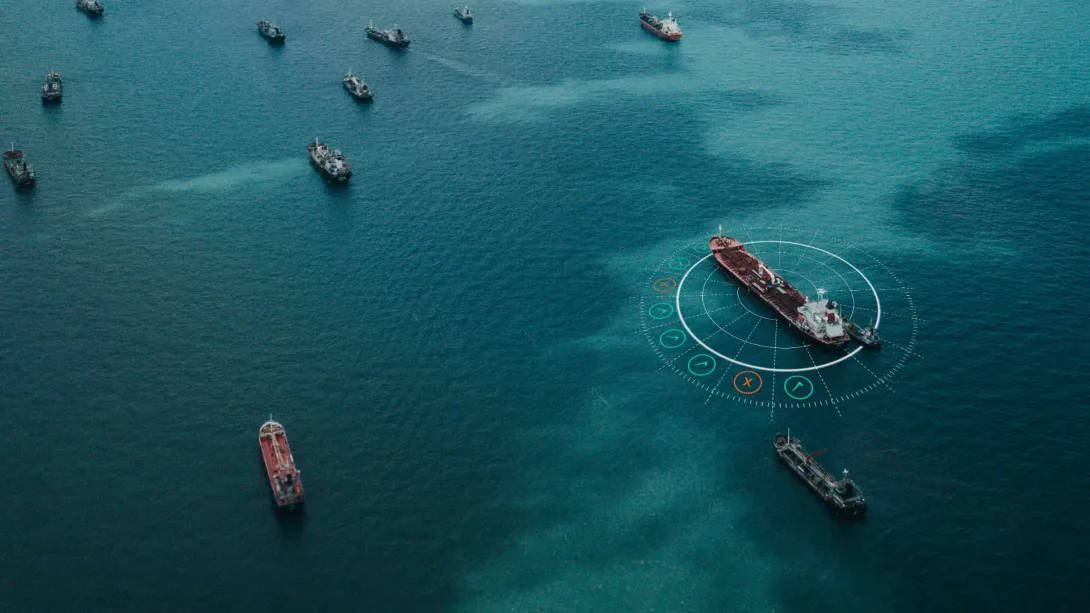In June, RightShip implemented our expanded Vetting Criteria, building on the previous standard to list 50 assessment items, up from 20 previously. Key additions include drilling down further in terms of incidents and PSC performance and looking at operator performance in more detail. Our team has added separate and brand-new sections for flag and class, ship structures, engineering, and a comprehensive section on human rights.
In addition, we have tried to make clear binary failings. This means if a vet fails on one of these hurdles, the vessel cannot be recommended at all. We’ve worked to ensure the enhanced Vetting Criteria benefits the industry.
Why we expanded the Vetting Criteria
RightShip vets more than 40,000 vessels a year. Increasingly we found that charterers were asking for more bespoke vetting rules in order to go over and above in the existing RightShip due diligence processes. We therefore sought to standardise these bespoke expectations, consolidating key trends found through RightShip’s proprietary vessel vetting service. We also cleansed incident databases and close out reports to better frame acceptability.
This means all vessels will be reviewed and receive an “acceptable” recommendation when they get a positive outcome during a vet. With clearer guidelines and less room for grey areas of safety, sustainability and social welfare practices, standards become higher.
Benefits for charterers and ship owners
Through improved standardisation of the vetting process, many charterers have been able to do away with their bespoke rules because they’re now part of the criteria. This improves efficiency in the vetting process and gives charterers a comprehensive due diligence picture. In addition, we’ve added in clear standards on human rights, which were not part of the last standard.
For example, we have included the following binary criterion: “Any vessel Flagged with a country that has not adopted and ratified the 2006 Maritime Labour Convention and without an equivalent level of compliance (for example a valid ITF Agreement).”
It’s also beneficial for ship owners, with a clear standard of expectation, there are fewer bespoke expectations to prepare for. Owners and operators therefore have a consistent criteria to work with and a clear understanding of what a charterer will be looking for in a vet. For example, we have a clear binary criterion stating that 35 years is the highest vessel age which will receive an “acceptable” recommendation.
Overall, improved vetting standardisation is beneficial for the entire supply chain, with an enhanced criteria, we are providing higher standards to work towards and opportunities to achieve operational excellence, which helps the industry work towards key safety, sustainability and social welfare goals.
Click to download RightShip's Standard Vessel Vetting Criteria for Dry Bulk and Petroleum, Gas and Chemical Vessels
